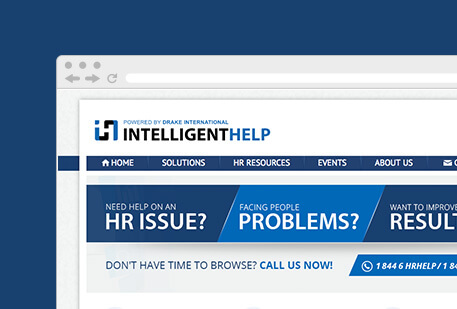Why your employee engagement efforts are not producing results
Why Your Employee Engagement Efforts Are Not Producing ResultsHave you participated in the annual “employee engagement survey fail”? That’s where employers conduct yet another engagement survey, hoping that this year’s results will be better than last year’s, only to be disappointed once again.
Paying the Price of Low Employee EngagementIf you can relate to this, you also probably experience the pain of one or more of the following consequences of low engagement:
- Costly turnover, especially the loss of mission critical, hard-to-replace talent
- Employee relations issues taking up managers’ time and energy
- Employees showing lack of initiative requiring managers to “babysit”
- No “We’re all in this together” spirit…which leads to turf battles, silos, and overall lack of teamwork
- Low morale resulting in less-than-stellar customer service
While it’s No Consolation, You’re Not AloneDespite employers investing tremendous sums of money on improving employee engagement, employees remain largely disengaged across the globe. Very little has changed since Gallup started measuring employee engagement in the 1990s.
From the recent Gallup State of the American Workplace report:
While the state of the U.S. economy has changed substantially since 2000, the state of the American workplace has not. Currently, 30 percent of the U.S. workforce is engaged in their work, and the ratio of engaged to actively disengaged employees is roughly 2- to-1, meaning that the vast majority of U.S. workers (70 percent) are not reaching their full potential.”
How does this happen?Why, despite all the time, effort, and money invested, does employee engagement not improve? More importantly, what do YOU need to do to improve engagement in your organization?
Four Things to Do ImmediatelyThe following list—while far from exhaustive—identifies some of the most powerful things you can do to increase the effectiveness of your employee engagement improvement efforts.
- Examine whether you are making the four “failure guaranteed” mistakes employers make, despite knowing better
- Not reporting the results of your survey
- Not reporting the results in a timely manner
- Not making any changes based on employee feedbac
- Not explaining the reasoning behind why some input was not acted upon
- Identify if you are guilty of the “employee engagement deal killer”; mistakes that lead to low engagement, along with a resentful, cynical workforce, such as:
- Employees don’t understand the big picture—Research shows that only 4 out of 10 employees know their employer’s goals, key initiatives, and other aspects of the big picture. How can we expect employees to be engaged, if they don’t understand what they’re contributing to?
- Employees don’t understand how specifically they contribute to the big picture—When employees don’t understand how they matter, and what they can do to make the biggest difference, they don’t have the passion and commitment of those who have a line of sight between their actions and the big picture.
- Employees feel unappreciated—This is one of the biggest sources of employee disengagement and low morale, and one of the most easily solved problems, and it costs nothing.
- Managers are unresponsive, teaching employees not to care—Unresponsiveness takes many forms, including not responding to emails and voice mails, not responding to requests, and not indicating they received time-sensitive material they had requested from a direct report. This last form of unresponsiveness—and thoughtlessness—is especially off putting to the employee who moved mountains to make the deadline and is now left wondering “Did they not get it? Do I follow-up and seem like a nag?” Unresponsiveness leads to the attitude “If you don’t care about me…why should I care about you?”
- Stop treating employee engagement as an aggregated statistic, and learn how to individualize the employee experience. This could be a game-changer for your organization. While it’s important to understand overall engagement levels in your organization, in the end, employee engagement is an individual experience.
Just because your organization—or a department—receives a particular score on an engagement driver such as “My opinions and input matters”, doesn’t mean it’s true for an individual employee. When that employee is a high value, hard-to-replace employee, this distinction becomes even more critical. At the micro level, employee engagement being an individual experience means that each employee has their own “engagement recipe” of drivers and causes of disengagement. Boosting engagement requires understanding each employee’s unique recipe and then co-creating a work experience that satisfies those drivers.
When this happens, not only will employee engagement levels rise, but each employee will be far more productive and will generate far greater economic value.
David Lee is founder and principal of http://www.humannatureatwork.com. He’s an internationally recognized authority on organizational and managerial practices that optimize employee performance, morale, and engagement. He is also the author of Managing Employee Stress and Safety, as well as over almost 100 articles and book chapters. You can download more of his articles at http://www.humannatureatwork.com or contact him at David@HumanNatureAtWork.com
 CA-EN
CA-EN UK
UK AU
AU US
US NZ
NZ PH
PH ZA
ZA SG
SG HK
HK


